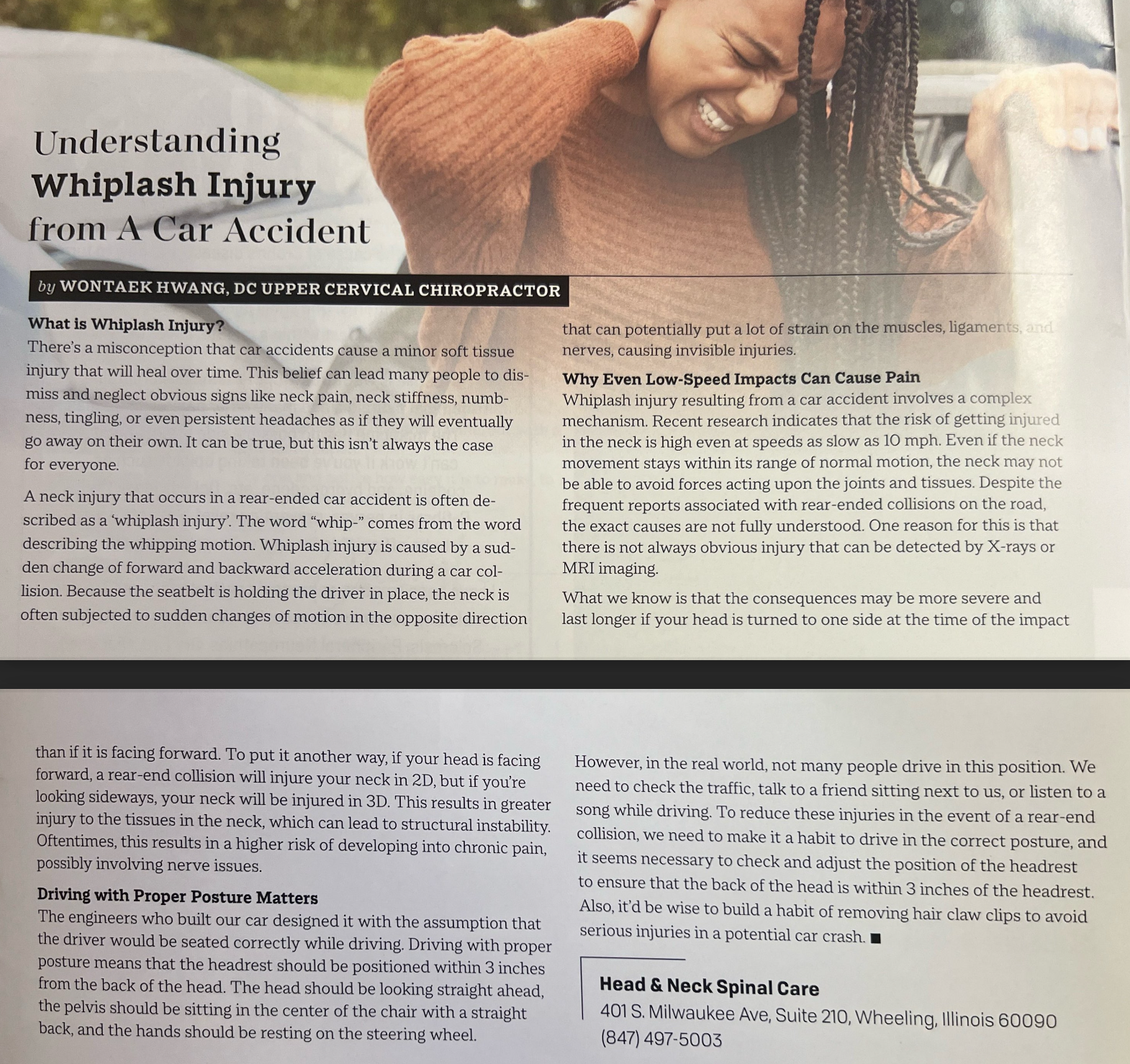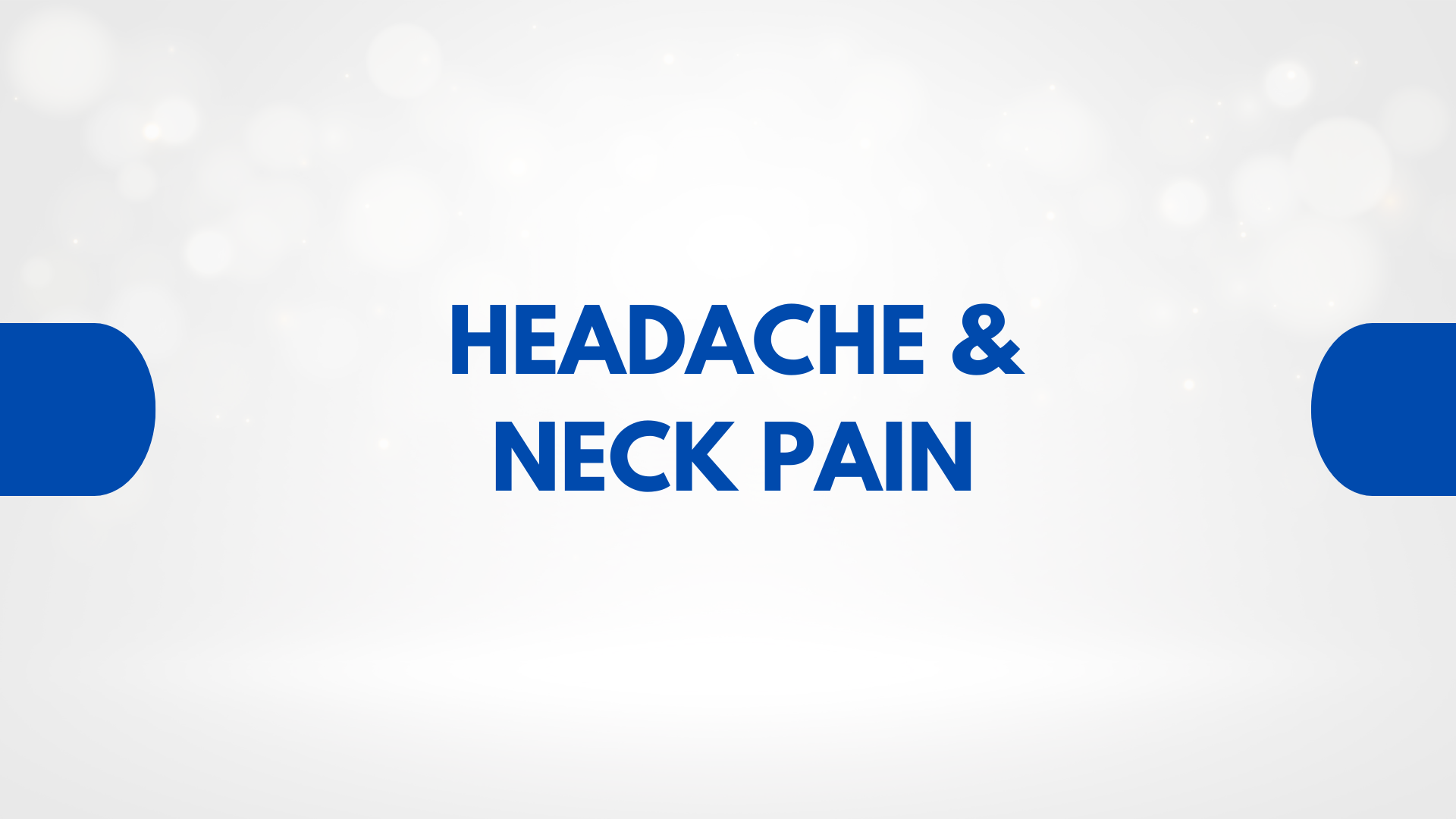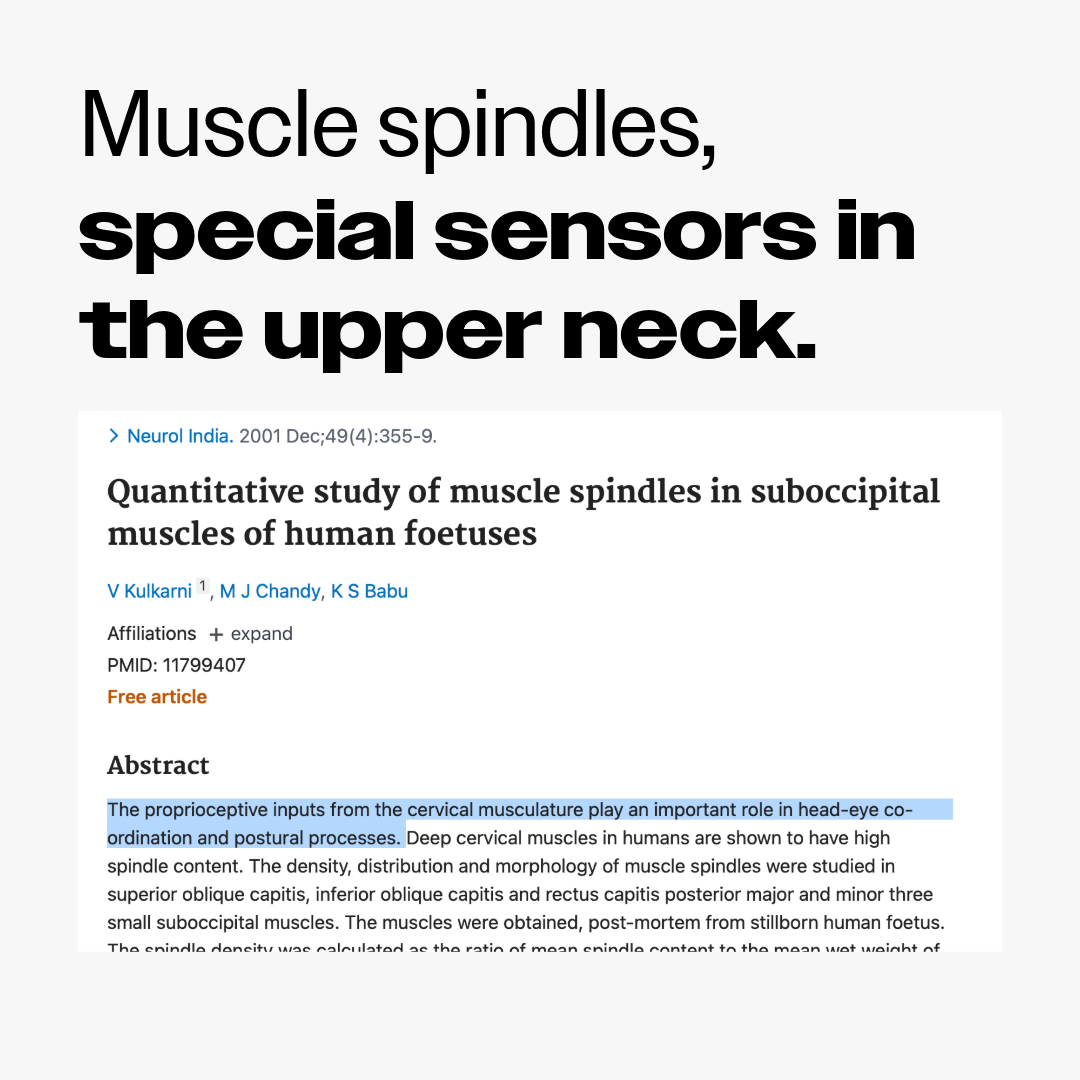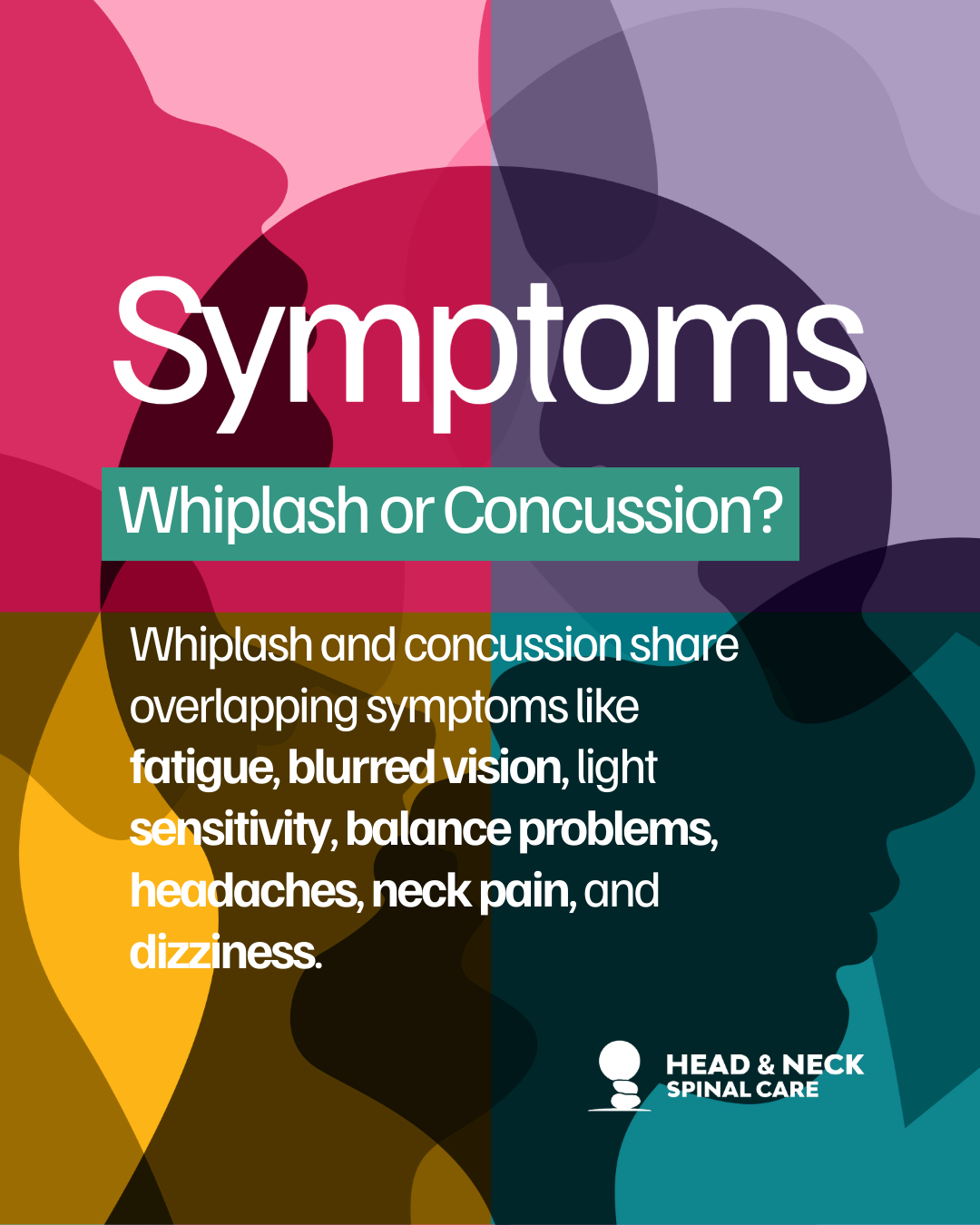Understanding Whiplash Injury from A Car Accident
What is Whiplash Injury?
Whiplash injury resulting from a car accident involves a complex mechanism. Recent research indicates that the risk of getting injured in the neck is high even at speeds as slow as 10 mph. Even if the neck movement stays within its range of normal motion, the neck may not be able to avoid forces acting upon the joints and tissues. Despite the frequent reports associated with rear-ended collisions on the road, the exact causes are not fully understood. One reason for this is that there is not always obvious injury that can be detected by X-rays or MRI imaging.
Why Even Low-Speed Impacts Can Cause Pain
Whiplash injury resulting from a car accident involves a complex mechanism. Recent research indicates that the risk of getting injured in the neck is high even at speeds as slow as 10 mph. Even if the neck movement stays within its range of normal motion, the neck may not be able to avoid forces acting upon the joints and tissues. Despite the frequent reports associated with rear-ended collisions on the road, the exact causes are not fully understood. One reason for this is that there is not always obvious injury that can be detected by X-rays or MRI imaging.
What we know is that the consequences may be more severe and last longer if your head is turned to one side at the time of the impact than if it is facing forward. To put it another way, if your head is facing forward, a rear-end collision will injure your neck in 2D, but if you’re looking sideways, your neck will be injured in 3D. This results in greater injury to the tissues in the neck, which can lead to structural instability. Oftentimes, this results in a higher risk of developing into chronic pain, possibly involving nerve issues.
What we know is that the consequences may be more severe and last longer if your head is turned to one side at the time of the impact than if it is facing forward. To put it another way, if your head is facing forward, a rear-end collision will injure your neck in 2D, but if you’re looking sideways, your neck will be injured in 3D. This results in greater injury to the tissues in the neck, which can lead to structural instability. Oftentimes, this results in a higher risk of developing into chronic pain, possibly involving nerve issues.
Driving with Proper Posture Matters
The engineers who built our car designed it with the assumption that the driver would be seated correctly while driving. Driving with proper posture means that the headrest should be positioned within 3 inches from the back of the head. The head should be looking straight ahead, the pelvis should be sitting in the center of the chair with a straight back, and the hands should be resting on the steering wheel.
However, in the real world, not many people drive in this position. We need to check the traffic, talk to a friend sitting next to us, or listen to a song while driving. To reduce these injuries in the event of a rear-end collision, we need to make it a habit to drive in the correct posture, and it seems necessary to check and adjust the position of the headrest to ensure that the back of the head is within 3 inches of the headrest. Also, it’d be wise to build a habit of removing hair claw clips to avoid serious injuries in a potential car crash.
Head & Neck Spinal Care
401 S. Milwaukee Ave, Suite 210
Wheeling, Illinois 60090
(847) 497-5003





